6 Tips for Winterizing Your Lawn Care: Warm Season Grasses
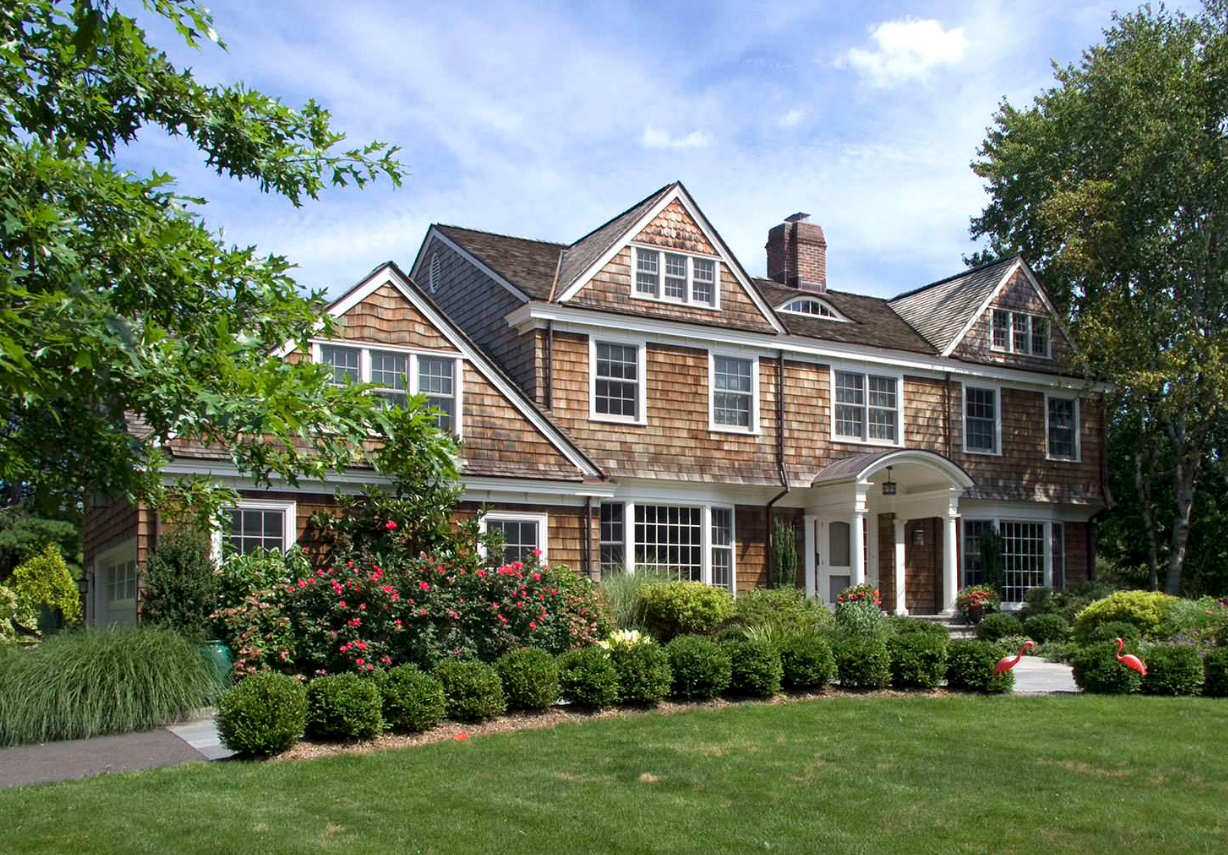
Winterizing your lawn is an important part of its overall care especially for grasses that are not keen on cold weather!

These grasses, usually found in the south, grow in areas that typically don’t get too cold in the winter, but are still susceptible to frost. The winters in these locations tend to have less extreme conditions than other locations so the requirements for winterizing are a little different.
Common warm season lawn grasses include:
- Bahiagrass
- Bermudagrass
- Buffalograss
- Augustine
- Centipede Grass
- Zoysia Grass
Overseed with Annual Ryegrass
Warm season grasses go dormant throughout the winter. If you dream of a green lawn all year round, you need to overseed in the fall with annual ryegrass. Ryegrass is one of the fastest germinating and growing annual grasses. Planting in the fall will add color to your winter lawn, then it will die as the next year’s heat starts to increase.
Bermudagrass tends to tolerate winter overseeding more than Zoysia grass, Centipede grass, or St. Augustine grass. It’s best to speak to a professional about what variety of ryegrass will work best for your particular region. You want one that will grow well in your winter climate and start to die back as the summer’s heat increases.
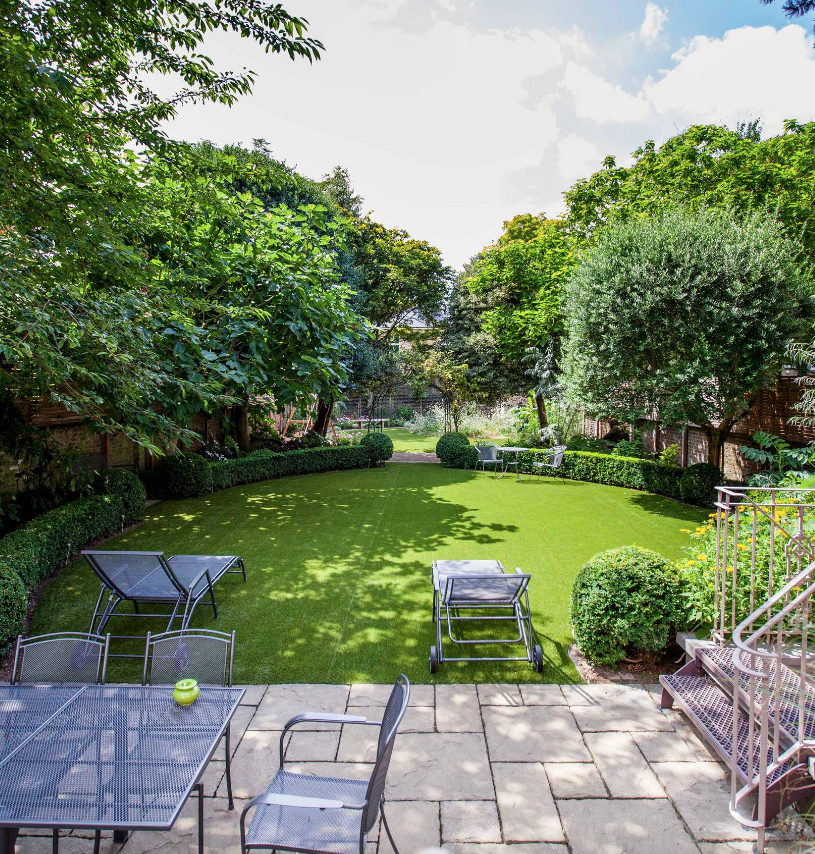
Winter Fertilizing
Warm season grasses don’t receive the traditional winter fertilizer that your cool-season grasses do. These grasses can benefit from an application of potassium (K). The best thing to do is use a soil test to determine if your soil is lacking potassium.
In fertilizer, potassium is typically oxide of potassium called potash. You don’t want to apply any fertilizer with high nitrogen at this time because it will overstimulate your grass. In the winter, warm-season grasses go dormant as the temperatures start to fall. At this time, grass needs to be storing nutrients in preparation for dormancy. Nitrogen will push growth at this time, which could lead your grass to delay dormancy and potentially die.
The best time to apply fertilizer to warm season grasses in the early fall around September. If you are unsure when you should apply fertilizer, call your local extension office or garden center. They can give you information about the best time to do so. However, in places like Florida, fertilization should be done when the grass stops growing for the season. October and November are the best times for feeding the lawn.
When you go to fertilize, make sure you remove any debris or leaves from your lawn. Use a lawn spreader to apply the fertilizer for even results.
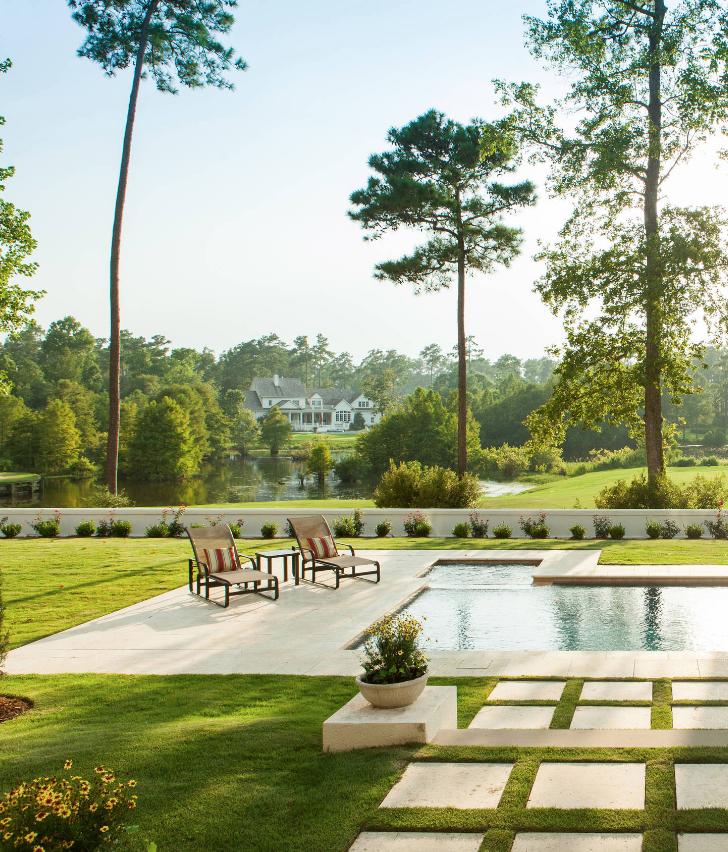
Watch for Dormancy
These types of grasses go dormant when the temperatures start to drop below 65 degrees F and lower, which typically happens in autumn. Bermudagrass, Zoysia grass, St. Augustine, and Centipede grass all go dormant as the temperature decreases. Dormancy is a hardening-off process that allows the grass to preserve itself throughout unfavorable weather.
You Still Need to Water
If you live in the deep south, you still need to water your lawn in the winter, but it doesn’t require as much. Your dormant lawn still needs about 1-inch of water per week in the absence of rain. Dormant lawns need to be irrigated to prevent desiccation during windy weather. Those who live in warmer areas typically can cut back to once or twice per week, depending on the current temperature. Make sure you turn off the sprinklers during a rainy time. Overwatering is just as dangerous to a plant’s life as underwatering.

Mowing
Unlike cool-season grasses, warm grasses typically still need to be mowed, but that will depend on your climate and weather. Those closer to the transitional zone may not need to mow, but those in the deep south never get to put their lawn mower away completely. However, you may get away with once a month!
Warm season grasses should be cut ½ inch taller than you cut it throughout the spring, summer, and fall. Cutting it higher helps to promote deep rooting and increases carbohydrate production. An ideal height is between 1 ½ and 2 inches, which is a bit shorter than you would cut in the spring and fall.
Remove Thatch
Too much thatch and compacted soil stop air, water, and nutrients from reaching the grassroots, and that can prevent your lawn from growing and thriving. Thatch is an accumulation of undecayed and decaying plant matter. It accumulates on top of the soil. Removing thatch is an important step! If water is unable to penetrate the soil, it will cause your lawn to die!

Winterizing Your Lawn Care
As winter approaches, you have to take special care to prepare your grass for the upcoming cooler weather. Warm-season grasses require special care and treatment to ensure it lives through the cooler temperatures and thrives in the upcoming spring.
Lack of winterization can endanger the health of your grass in the springtime. Your lawn may not have the nutrients necessary to bring it through the colder months, and a late application might cause your grass to continue to grow when it should be going into dormancy. Proper methods are necessary for the best results and lawn all year-round!



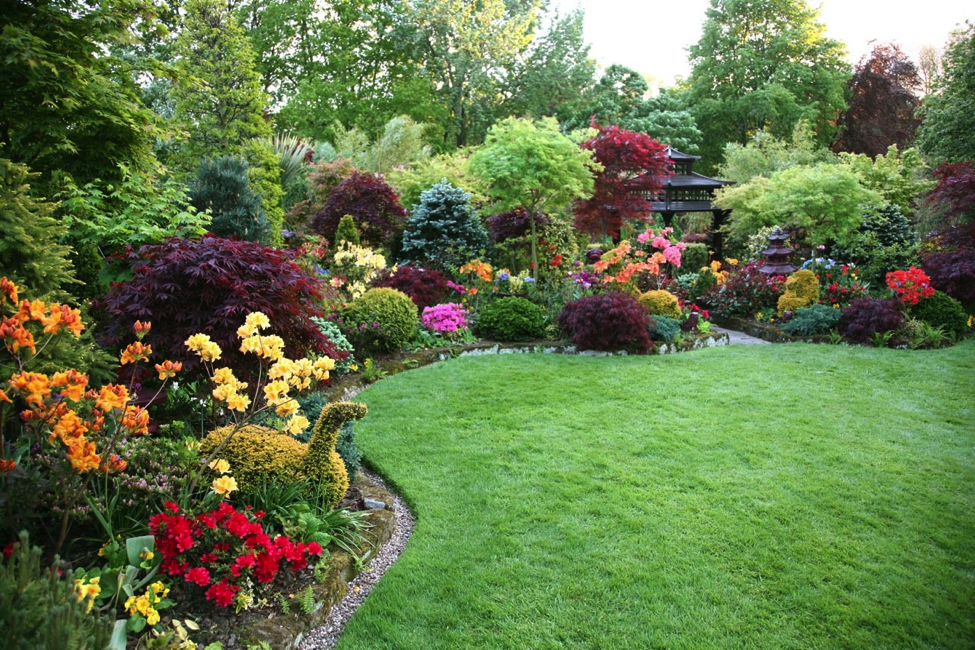
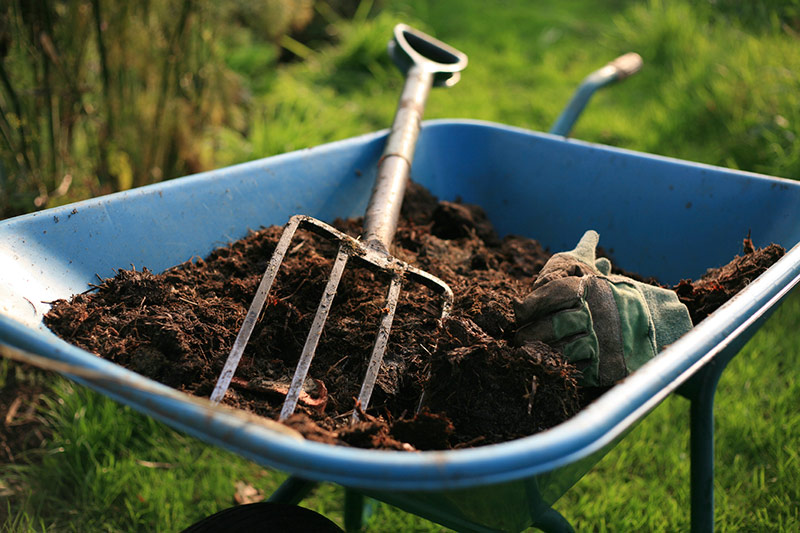


Leave a Comment